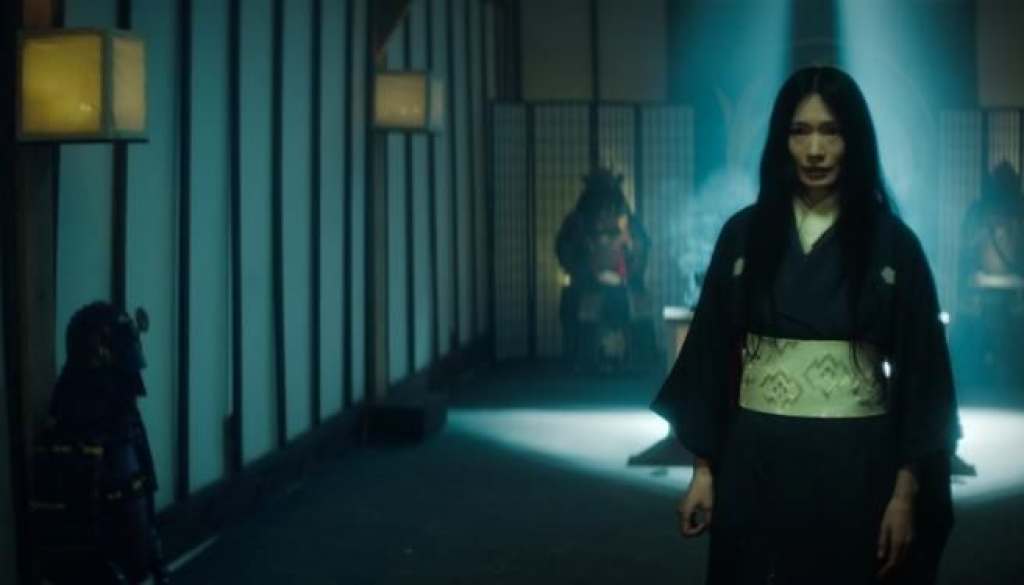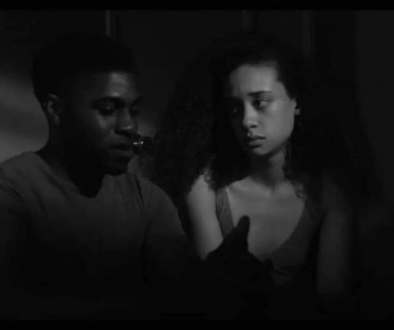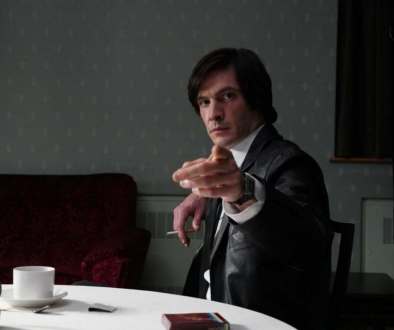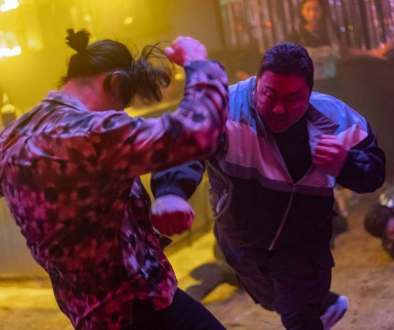MAD LORD: SAMURAI OF 1000 DEATHS Review: A Worthwhile Love Letter To Auteurs Of Yesteryear And Today

I’ve only ever seen a sizeable handful of classic chambara and jidaigeki films in my lifetime – imaginably there’s still a world of cinema out there I want to explore, but if there’s one thing I’m thankful for, it’s the inspiration of others. Independent filmmaker Samuel Smith has his – drawn directly into his latest short period drama, Mad Lord: Samurai Of 1000 Deaths, and with none other than legendary auteur Akira Kurosawa as a key reference to venture into his own take on Shakespeare’s classic Macbeth tale.
The film takes an immediate entry into the foreboding millieu of the encampment of the Black Samurai Army whose warlord (Kristofer Kamiyasu) envisions himself being murdered in his own house by a warrior from the Red Samurai Army. Fearing the lord’s mental state is deteriorating, Sokushitsu (Gana Bayarsaikhan), his loyal geisha, treats him regularly with a serving of a kind of tea intended to treat his condition, even as one of the lord’s own men are beginning to suspect the tea isn’t serving its intended purpose.
One evening with the warlord pre-disposed by his illness, Kana sends the general off to the shogun’s palace to fetch the medicine. The general returns to the encampment, however, bloodied and roughed-up, but alive and with a twist of new details that unveil the intrigue further on the warlord’s condition.
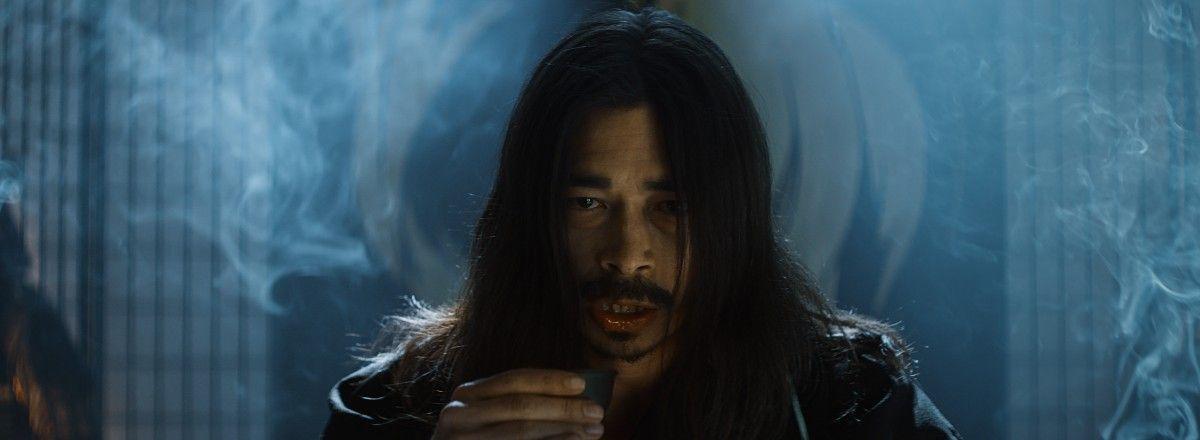
Shot entirely in English for international audiences and without delving too into Kurosawa territory, Smith pays his fair share of nods to the auteur in his own way in Mad Lord: Samurai Of 1000 Deaths. Just as he did with Tengu and I Am Not The Devil, Smith lends his own filmic style to the screen to the benefit of the story, crafting an often hypnotic character study that mingles freakish fantasy with nightmaring reality.
Imagery overall is key to the narrative, though vaguely implied and far less convenient to average viewers if Smith’s goal is meant to have you thinking, and you can’t help but do just that most of the time. Personally I found myself looking up Japanese folkloric myths as a means of understanding what Smith was conveying underneath; Definitively, this short is nothing to take at face-value no matter how literal the mise en scene implores you to believe at times.
As far as fandom goes when it comes to honoring the late Toshiro Mifune, Mad Lord: Samurai Of 1000 Deaths is as good a love letter as almost any. Kamiyasu was a fine pick to emulate Smith’s own inspired turn on the prideful, maddening Washizu opposite Bayarsaikhan’s Sokushitsu.
The impending battle remains ever present throughout, though action is far less the centerpiece of the story, so there’s no huge emphasis on spectacular fight scenery save for a few moments. Violence and gore aren’t major factors save for a little blood splatter – the main focal point here with Mad Lord is the oft hypnotic turnabout Smith takes between scenes and moments you might get lost in if you’re not watching carefully.
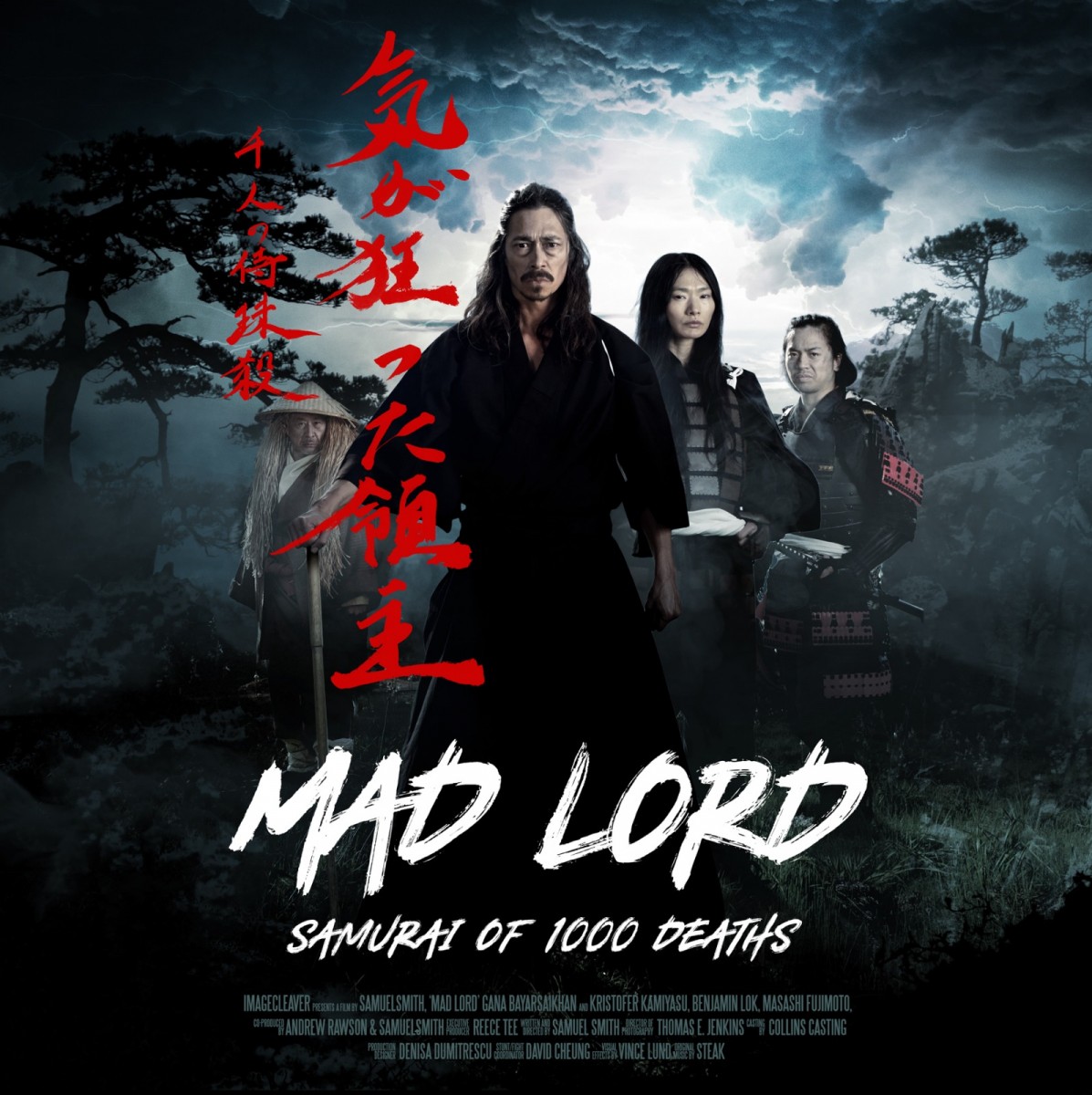
Psychological splendor unfolds with nebulous intrigue and intent in Smith’s regularly mystifying experiment in Mad Lord: Samurai Of 1000 Deaths. Tethered with a striking quality and vision nary seen in merely any shortfilm of its kind, Smith’s 25-minute endeavor bodes exemplary not only to Smith’s own continual growth and betterment overtime, but toward his ability and acumen to play on bigger templates with each project.
Admittedly, and again, there’s quite a bit that might leave the average viewer stumped by the end outside of anything relevant to the likes of Groundhog Day. There are a few visual ornaments here and there that may even have Takashi Miike fans nodding with some acquiescence, and so if you’re a fan, taking a gander at Mad Lord: Samurai Of 1000 Deaths for its minute duration is a pretty sane way to spend twenty-four minutes.
Native New Yorker. Been writing for a long time now, and I enjoy what I do. Be nice to me!

